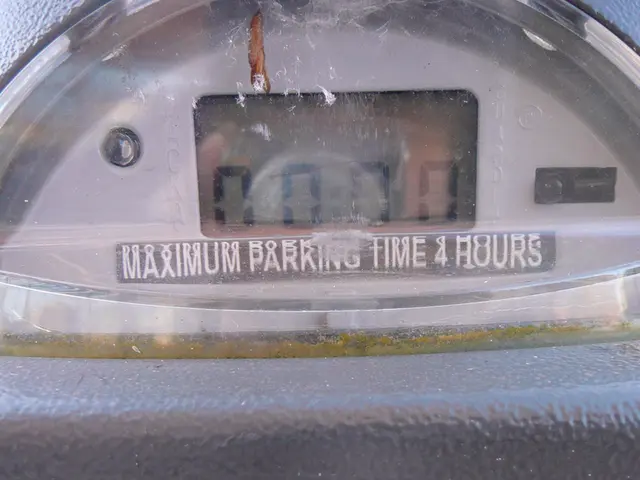Recognizing Deceitful Reviews on Online Marketplaces: A Guide
In the ever-growing world of e-commerce, discerning genuine product reviews from fabricated ones is crucial for making informed purchasing decisions. Here's a guide to help you identify fake product reviews on e-commerce stores.
Firstly, be on the lookout for unusual review patterns. Sudden spikes in the number of reviews, especially many 5-star or many 1-star reviews appearing in a short timeframe, could be a sign of manipulated reviews. Clusters of reviews posted on the same date, a disproportionately high percentage of perfect scores with little to no critical or middling reviews, and many reviews using repetitive or nearly identical wording are also indicative of fake reviews. Vague, very short reviews that lack specific product details and review texts that mention features or details unrelated to the product listed may also suggest possible review merging abuses.
Secondly, analyze reviewer profiles and behavior. Check if reviewers have made many reviews of similar products in a brief period. Unusual geographic clusters of reviewers and reviews marked as “verified purchase” that do not logically correspond with the seller’s sales volumes during that period could also be signs of fake reviews.
Thirdly, use specialized tools designed to detect fake reviews. Tools like Fakespot and ReviewMeta use machine learning to analyze review authenticity by detecting unnatural language patterns, non-verified purchasers, and other anomalies. These tools provide trustworthiness grades or adjusted product ratings filtering out suspicious reviews.
Cross-verifying sales data with reviews is another effective strategy. If the number of new reviews greatly exceeds the number of actual sales, that is a strong indication of fake reviews.
Additional signs include multiple reviews containing copied or irrelevant content, the presence of stock photos in customer images, and reviews that praise or criticize product features not present in the listed item.
By implementing these approaches, especially combining manual pattern recognition with algorithmic tools, you can significantly improve your ability to identify and filter out fake product reviews, thereby protecting purchase decisions and maintaining marketplace trust.
It's important to note that Google is the best place where 60% of customers check reviews before shopping online. However, multiple reviews published on a specific date, especially after a big gap, may indicate fake reviews. Some verified buyers ask for favorable reviews in exchange for refunds, which can be tagged as "helpful" to make them more visible. Some sellers pay for positive reviews or offer incentives for five-star ratings.
In 2024, there were 2.71 billion digital buyers, making up 33% of the global population. Brands like RavPower, Aukey, Choetech, and others have been removed from Amazon last year for such practices. Consistent 5-star ratings without any 2- or 3-star reviews can be a sign of manipulated reviews. Amazon and other major e-commerce stores ban sellers engaging in fraudulent practices. If a review mentions competing products, it can be a sign of spam.
Online shopping is favored due to the quality of products and excellent shopping experience. A single positive review on a product page can increase the conversion rate by 354%, according to Bazaar Voice. However, it's essential to be vigilant and apply the strategies mentioned above to ensure a reliable shopping experience.
[1] Fakespot Blog. (2021). How to Spot Fake Reviews on Amazon. Retrieved from https://fakespot.com/blog/how-to-spot-fake-reviews-on-amazon/
[2] ReviewMeta Blog. (2021). How to Spot Fake Reviews on Amazon. Retrieved from https://www.reviewmeta.com/blog/how-to-spot-fake-reviews-on-amazon/
[3] Trustpilot. (2021). How to spot fake reviews online. Retrieved from https://uk.trustpilot.com/blog/how-to-spot-fake-reviews-online/
- When browsing for products online, be mindful of review patterns that may indicate manipulation, such as an abnormally high number of 5-star or 1-star reviews in a short span, or reviews using repetitive language.
- To maintain a trustworthy purchasing experience, consider incorporating technology into your shopping habits, by using tools like Fakespot and ReviewMeta, which leverage machine learning to detect fake reviews and offer trustworthiness grades.




